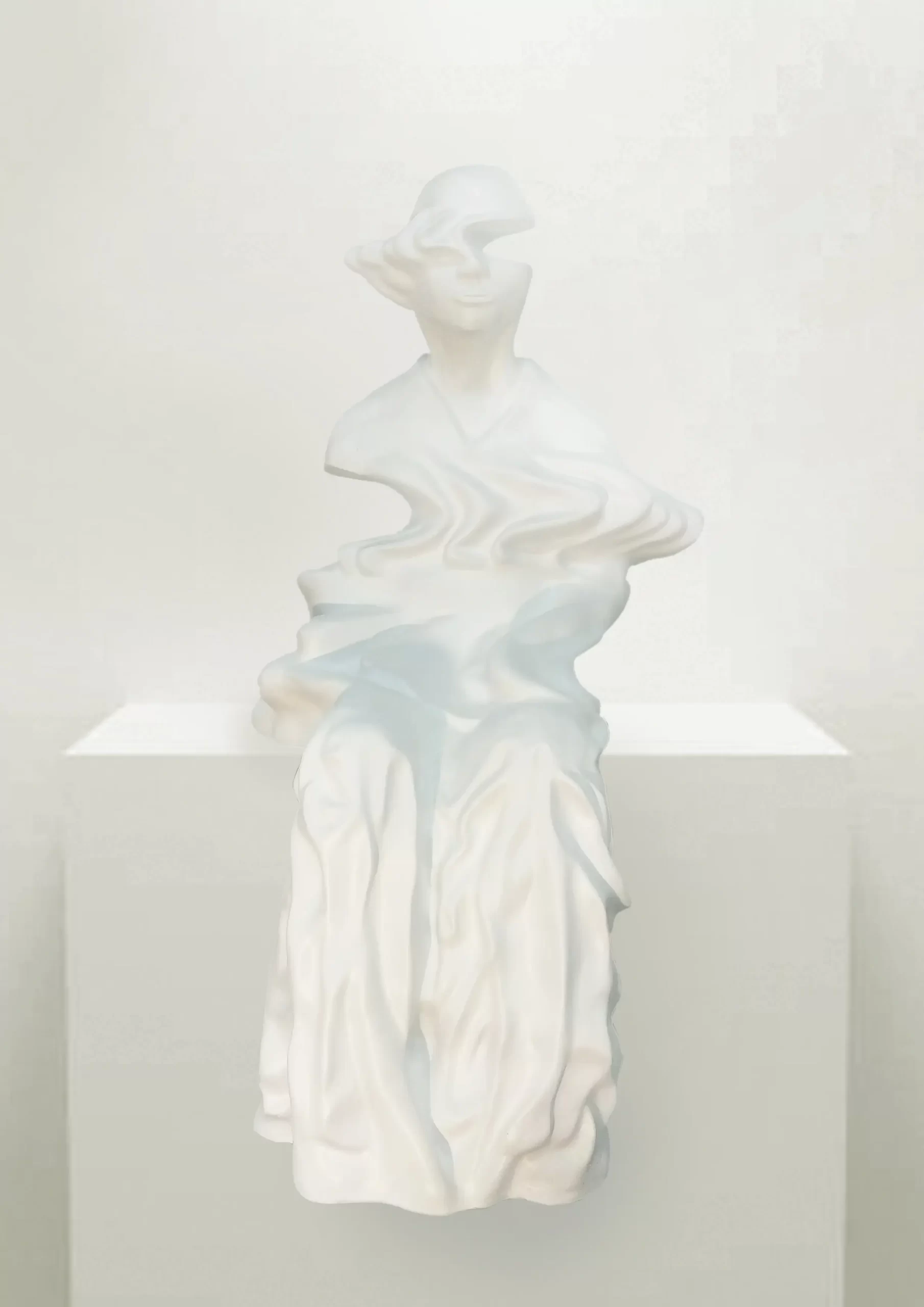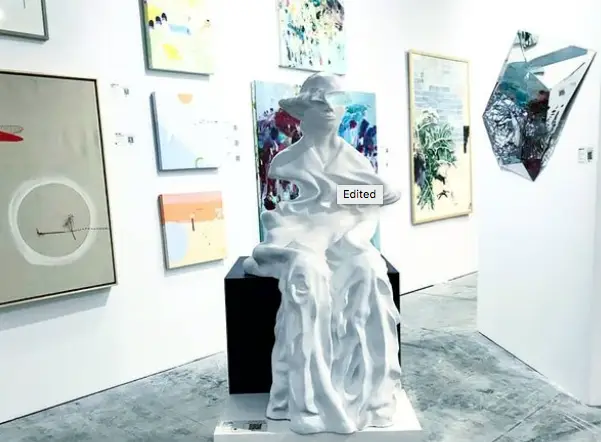De Njai
2019


This artwork is inspired by the historical accounts of Indonesian women who lived alongside European men during the Dutch colonial period. A book titled “De Njai: Het Concubinaat in Nederlands-Indie” published in 2008 sparked discussions regarding the lives of “nyai,” in an attempt to trace the patterns of relationships during the colonial era in the Dutch East Indies, shedding light on the emergence of Indo people and the role of Indonesian women. “Nyai” should have a place in the history of Indonesian society’s development, as a testament to the injustices they endured in the past.
The stories of these Nyai women date back to the 1600s when employees of the Dutch East India Company (VOC) arrived in the Indonesian archipelago. The VOC established trading posts and warehouses in Asia to facilitate the spice trade in the East Indies. Many of the low-ranking VOC employees, who were mostly single, occupied posts throughout Asia, including Indonesia. While waiting for suitable European wives, they took local women as concubines to satisfy their needs. These women were typically enslaved and worked in the households of European men, a situation they endured out of necessity to improve their economic conditions.
In this artwork, the term “nyai” (or sometimes nyahi) is emphasized, originating from the Balinese language. The emergence of this term coincided with the presence of Balinese women in the 17th century, who became concubines of European men during the VOC era in the Dutch East Indies. Originally, the term simply referred to “women,” but its connotations changed as concubinage practices developed. The word “nyai” underwent a shift in meaning, becoming negatively connoted. I represent this phenomenon through the figure of a woman, translating her gestures and appearance from the portraits of a Nyai from the 18th century. Various parts of her body are deconstructed to resemble objects with looser molecular structures, symbolizing the biases and changes in the term “nyai” that have been carried along with the dynamic historical narratives.
These women often found themselves compelled by pragmatic demands, forcing them to conform to the roles defined by the heads of their households, bearing a series of responsibilities and rights that they had to fulfill. In many cases, this led to economic exploitation, enslavement, and separation from their offspring born to European men. It is essential to bring attention to the history and pay respect to these women, as it allows for a better understanding of past relationship dynamics and helps define their place in contemporary society.
De Njai
2019
SIZE
110 x 95 x 70 cm
MEDIUM
Resin